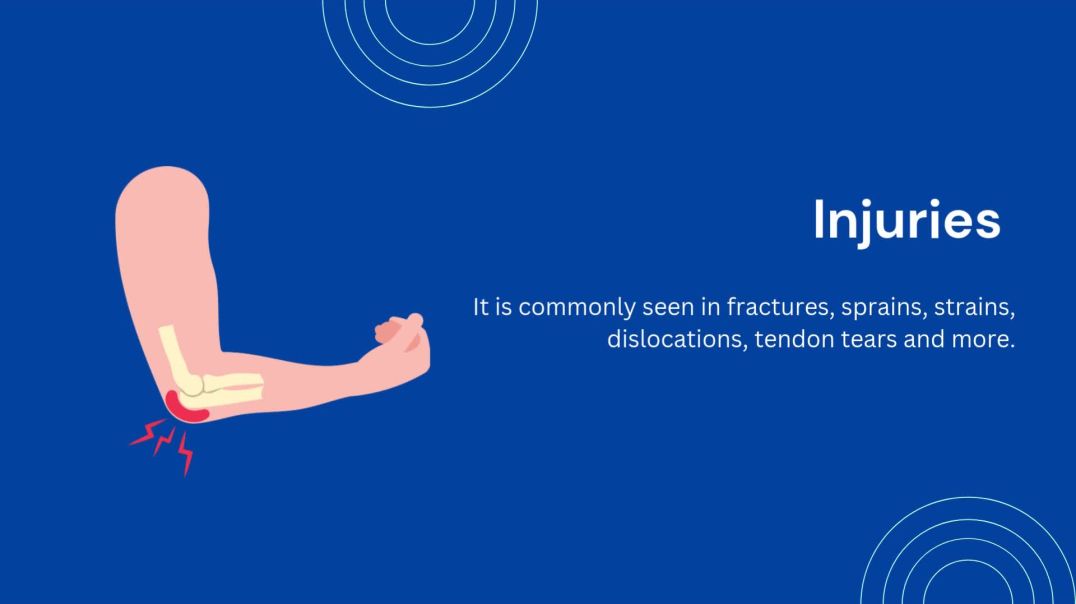Sciatica Pain.
Sciatica is often characterized by one or more of the following symptoms: Constant pain in only one side of the buttock or leg (rarely in both legs) Pain that is worse when sitting Leg pain that is often described as burning, tingling, or searing (versus a dull ache) Weakness, numbness, or difficulty moving the leg, foot, and/or toes A sharp pain that may make it difficult to stand up or walk Pain that radiates down the leg and possibly into the foot and toes (it rarely occurs only in the foot) Sciatica Causes and Treatments Video Watch: Sciatica Causes and Treatments Video Sciatic pain can vary from infrequent and irritating to constant and incapacitating. Symptoms are usually based on the location of the pinched nerve. While symptoms can be painful and potentially debilitating, it is rare that permanent sciatic nerve damage (tissue damage) will result, and spinal cord involvement is possible but rare.




















